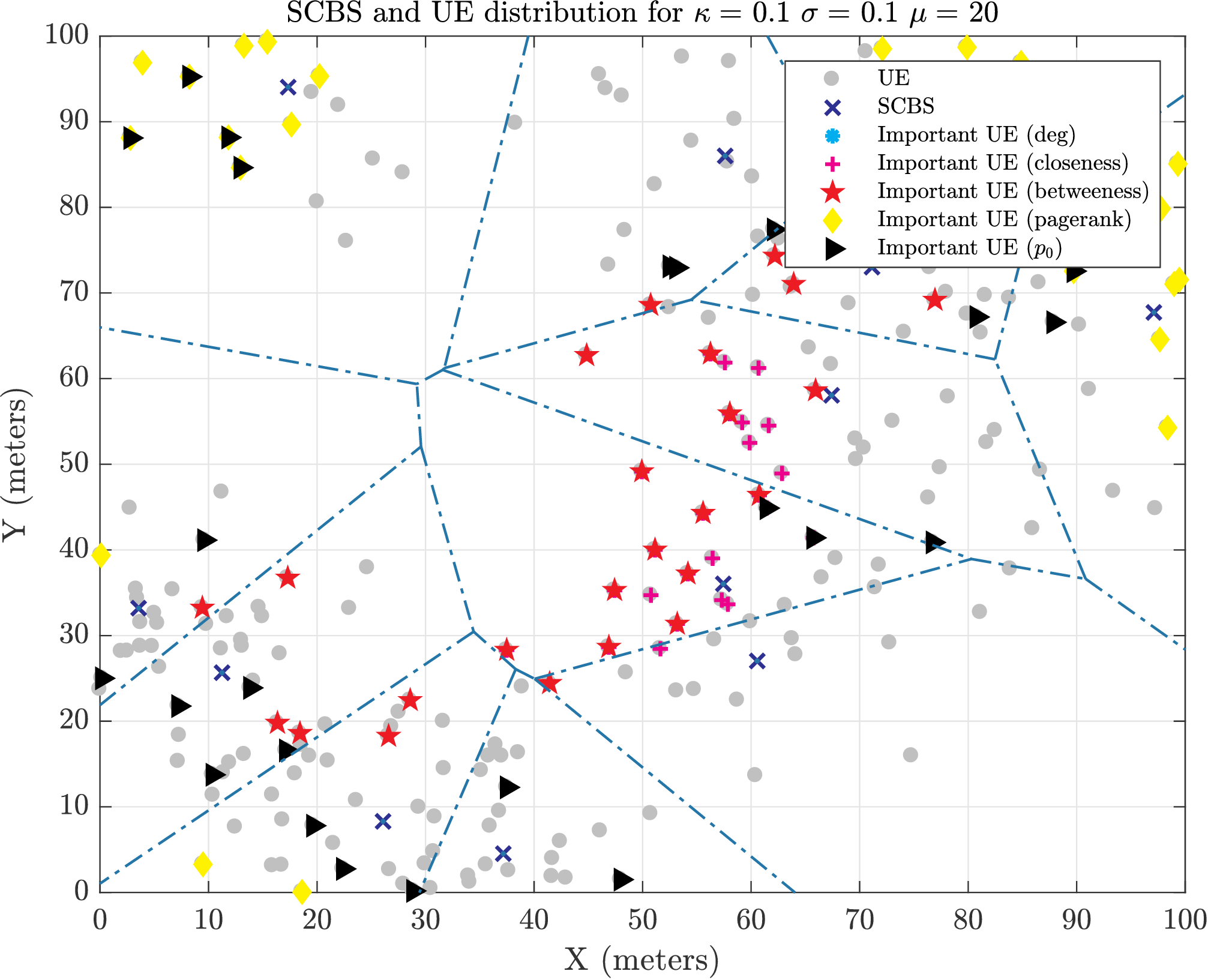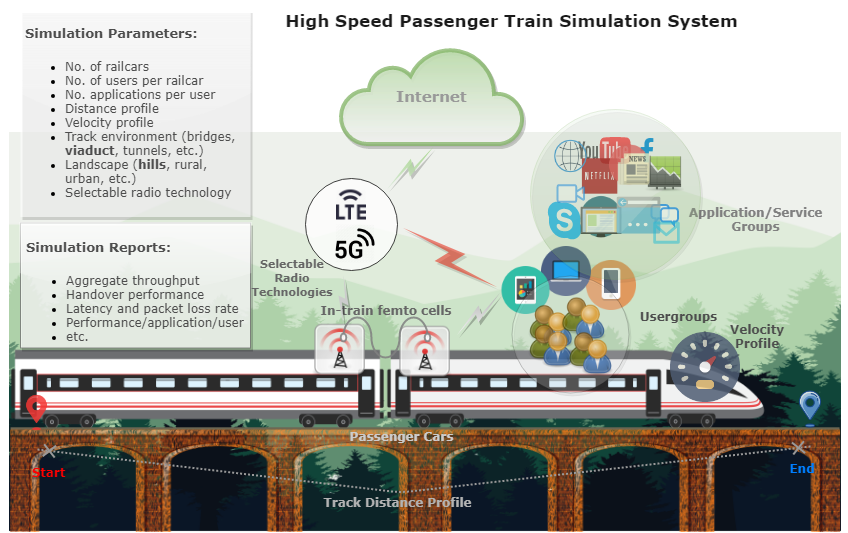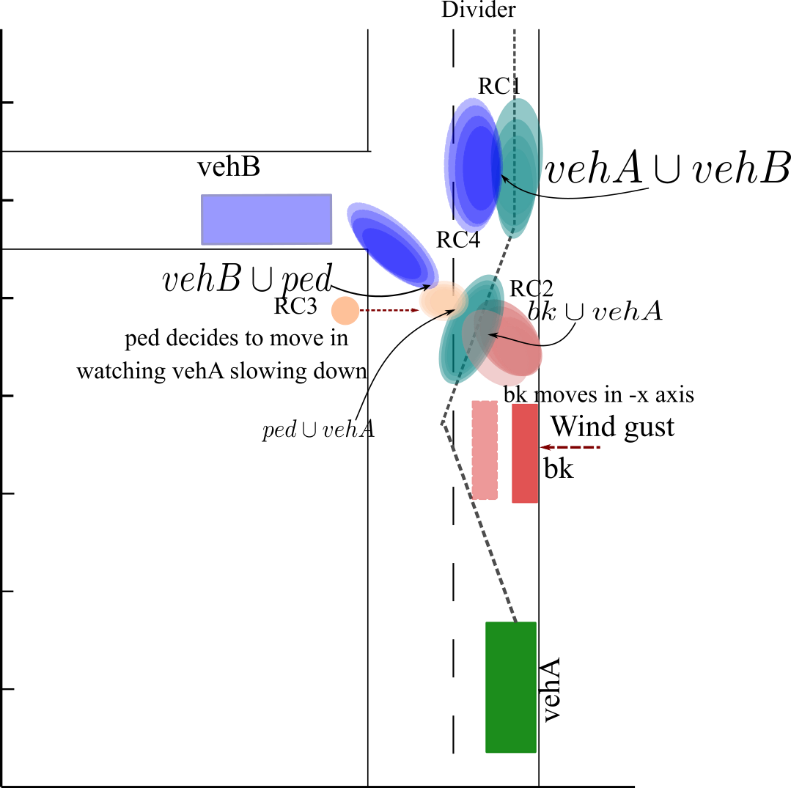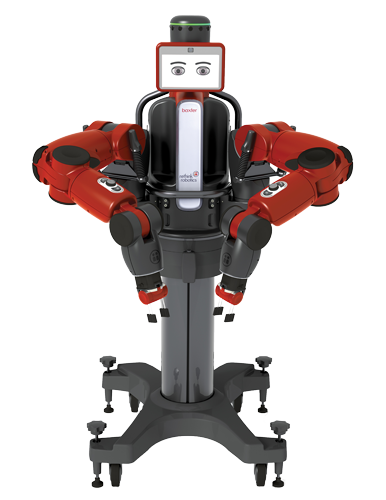UNL Electrical & Computer Engineering Graduate Poster Comptetition Awards-2018
Second honors for presenting Novel wireless communication framework for High Speed Trains-UPWARC (award amount $200)
ASME Rail Transportation Division (RTD) Graduate Student Conference scholarship
The travel grant was given to me in 2017 to attend Joint Rail Conference (JRC) in Philadelphia. The grant covers air, surface and subway travel, food, lodging along with conference registration (award amount $1100).
College of Engineering Outstanding Masters Thesis
The award was given for the thesis "5G-UCDA Multi Antenna-To-Logical Cell Circular FIFO Mapping Strategy For High-Speed Train Wireless Communications" in Spring 2017 (award amount $500)
Nebraska Engineering Recruitment Fellowship
The award was given for the period of 2017-18 and 2018-19. (awards amount $10,000)
Milton Mohr Fellowship
The award was given for the period of 2019 for excellent research activities. (award amount $1,000)
Holling Fmaily Teaching Fellowship
The award was given for the period of 2019-20 for the excellence in teaching (awards amount $4,000).
NSF-Infocom Travel Grant
The award was given presenting behavioral-social D2D paper in Infocom, Paris, 2019 (award amount $1,250).
Student Luminary Award
Honorable mention was given for the period of 2018.
College of Enginnering Student Travel Grant 2017
The award was given to attend Joint Rail Conference, 2017 in Philadelphia.(award amount $500)
ACM Sigcomm Travel grant
The travel grant was awarded to attend IEEE COMSNETS, 2018 in Bengaluru, India. (award amount $900).




